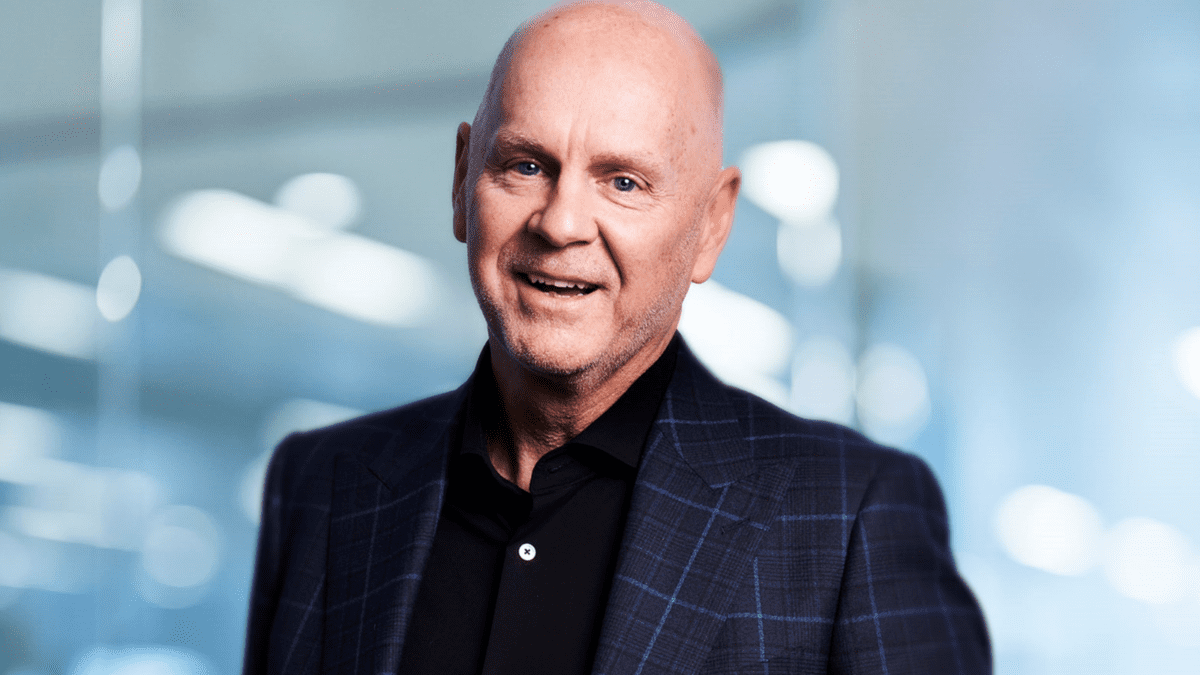Client relationships depend on fast and slow thinking channels
Behavioural finance has been researched at length over the years, with people never seeming to run out of ways to analyse it differently and put their spin on it. While there is a significant amount of research and data available on this topic, few financial advisers use it in a practical way when dealing with clients.
A question I usually ask when meeting with clients for the first time is: “What is your experience with Financial Advisers and/or finance as a whole?” This helps to understand if the clients have had a bad experience in the past and what we can do differently; after all, if they’ve had a good experience, it’s unlikely they would be meeting with you.
When first meeting with clients who are a couple, it usually becomes evident quite quickly as to who is the chief financial officer of the family. They’re usually the one asking questions, displaying eager body language and more often than not, the one clutching a binder with a completed fact find in it.
Whenever this happens, it prompts me to think about how to address each individual client. What biases did they each come into the meeting with? What level of interest do they each have? How you frame a concept for one client may not work for the other. Simply explaining a strategy may result in one client nodding and showing positive body language, yet the other looking somewhat blankly and shifting in their seat.
For those clients who have had a bad financial management experience in the past, this will likely be something they will reference during a meeting. For some clients this might be the global financial crisis, which may still be fresh in their minds given financial losses are remembered twice as much as gains. As the clients have sought advice in the first place, this can usually give you some insight into their willingness to receive said advice. Again, this can vary depending on personalities as there are those who are seeking advice and are willing to acknowledge their potential lack of experience in the area versus those who are seeking advice and are reticent to receive it because of biases and past negative experiences.
Fast and slow thinking
It would be remiss of me not to mention Daniel Kahneman, who invented the concept of System 1 and System 2 from his book “Thinking, Fast and Slow”. System 1 refers to fast and emotional responses that one doesn’t have control over, while System 2 involves the slower, more deliberate style of thinking.
By taking note of some of the individual client actions and answers you receive, you may be able to identify if they tend to use System 1 thinking regarding financial decisions. In doing so, you can promote and prompt System 2 style thinking by providing your advice and guidance in an effective way that both clients understand. System 2 style thinking is usually required for a focussed approach on client relationships as you rely on facts and professional guidance to make these decisions.
I have been told that people do business with people that they like. But how do you get people to like you in the first place? There won’t always be shared common interests – some people just don’t have the same hobbies, the same values or the same predilections. But the common ground will always hinge on the service being provided, and a shared interest in the best outcome for the client.
Clients relating to you can often lead to trust, which in turn leads to long-term relationships. Understanding what clients are seeking is key, but being able to present to clients in a way that they genuinely understand you creates real relationships. If you’ve got a client shifting in their seat, trying another method of explanation, whether it be drawing it on a white board or physically passing them a document to touch, may yield different results. Everyone absorbs information differently, whether it be visually, through auditory senses or through kinaesthetic awareness. Trying the same approach with every client may appear to be working, but some clients may not genuinely understand the advice. Moreover, the adviser may be missing an opportunity to encouraging System 2 style thinking and create a future-proof relationship.
After all, the last thing an adviser wants is for their client to be sitting in front of another adviser in 12 months’ time, telling them about their past experience with an adviser that didn’t understand them.
*Jaxon King is a senior financial adviser at Alteris Financial Group










